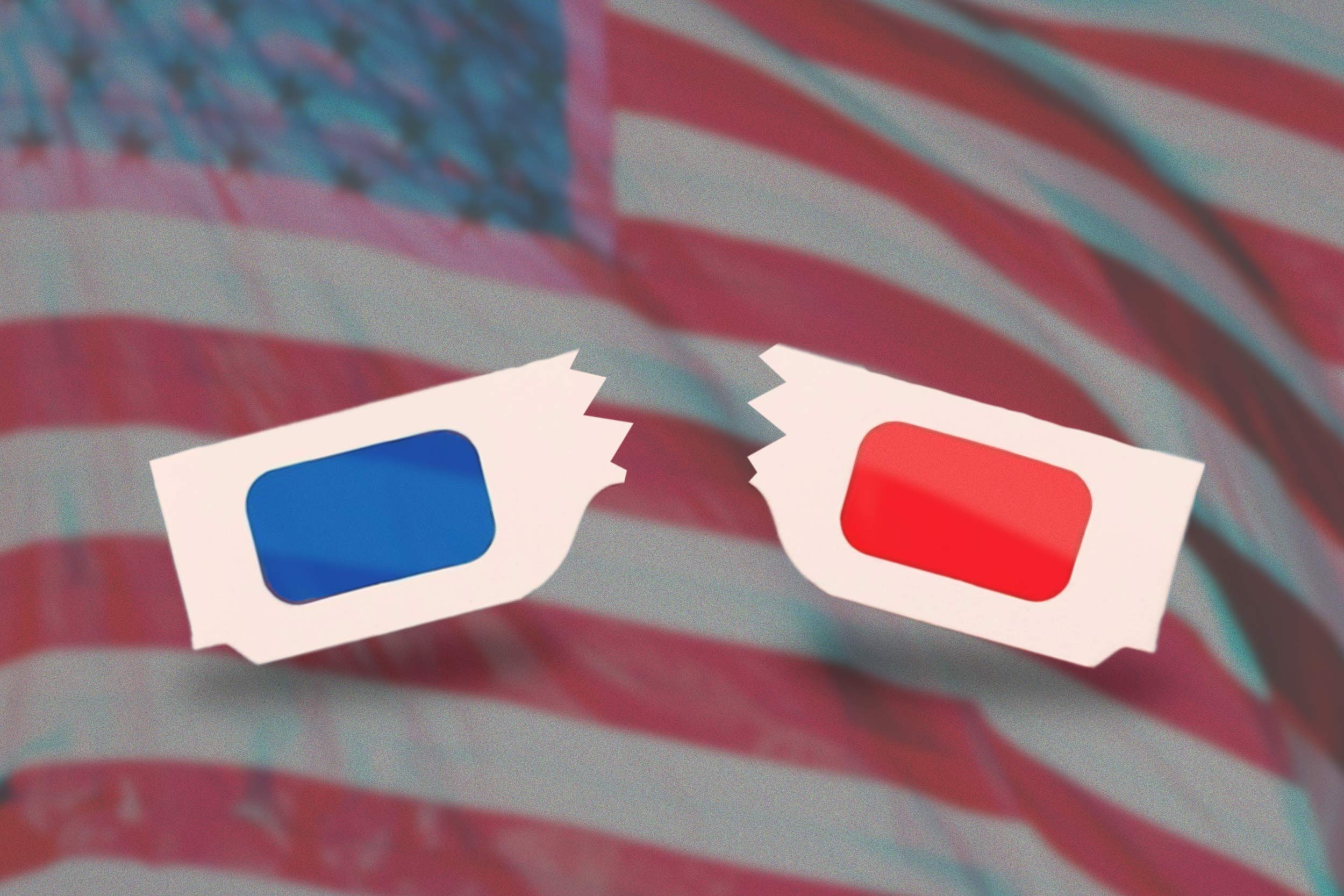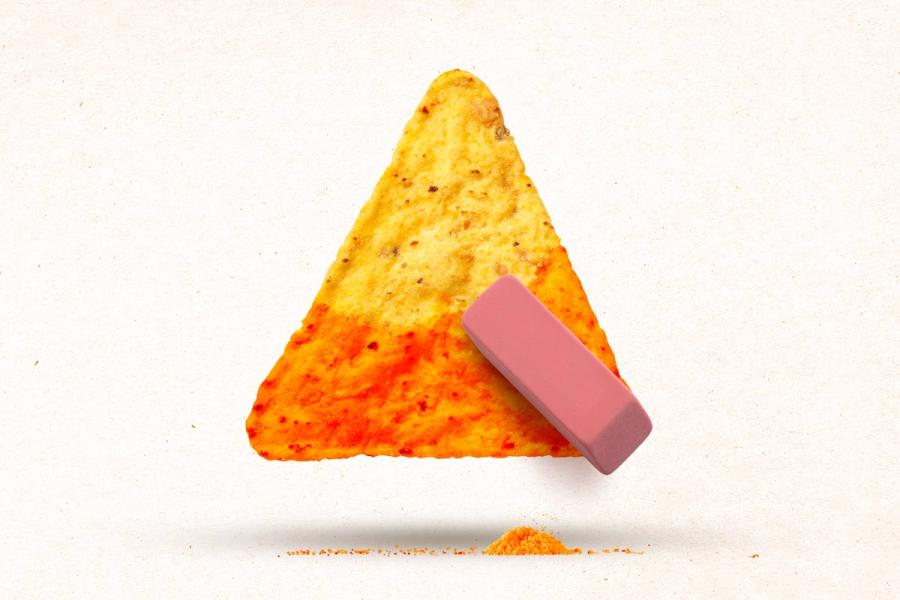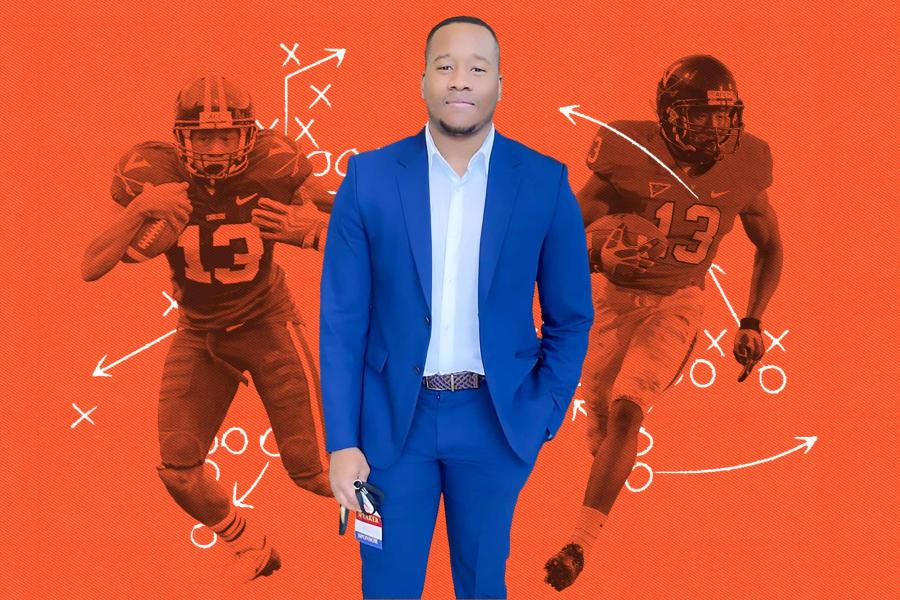The middle ground of American politics is growing more difficult to find as the nation’s two major political parties organize around their ideologies and move further from the political center, according to a senior columnist with Sabato’s Crystal Ball at the University of Virginia’s Center for Politics.
In a Feb. 15 column, Alan I. Abramowitz said his research shows that Democrats have moved further left and Republicans further right since 2012 and that the ideological divide between the two major parties has dramatically increased in the past 50 years.
But in the past eight years, Democratic voters have moved slightly further to the left than Republicans have to the right, and Democrats have become more willing to identify themselves as liberals.
Abramowitz’s research used a scale of one to seven to determine how far voters are apart, with one being most liberal and seven most conservative. Abramowitz’s research showed that in 1972 the parties were only one point apart, with Democrats’ mean score at 3.7 and Republicans’ at 4.7.
By 2020, Democrats scored 2.8 on the scale, compared to Republicans’ 5.5, showing both parties moving further away from the middle.
“This leftward shift has been somewhat greater among white Democrats than among nonwhite Democrats,” Abramowitz wrote. “However, both white and nonwhite Democrats moved to the left [between 2012 and 2020]. As a result, for the first time in recent history, partisan-ideological congruence is as great among Democrats as among Republicans.”
Abramowitz said Democratic voters are now as consistent in their liberalism as Republican voters are in their conservatism. Previously, Republicans identified more consistently as conservative than Democrats identified consistently as liberal.
“Democrats are still somewhat less likely to identify as liberal than Republicans are to identify as conservative,” he wrote. “On some specific policy issues, however, such as abortion … Democrats are more likely to take the liberal position than Republicans are to take the conservative position.”
Abramowitz, a political science professor at Emory University in Georgia, has been a senior columnist for the Crystal Ball for much of the political newsletter’s 20-year history.





